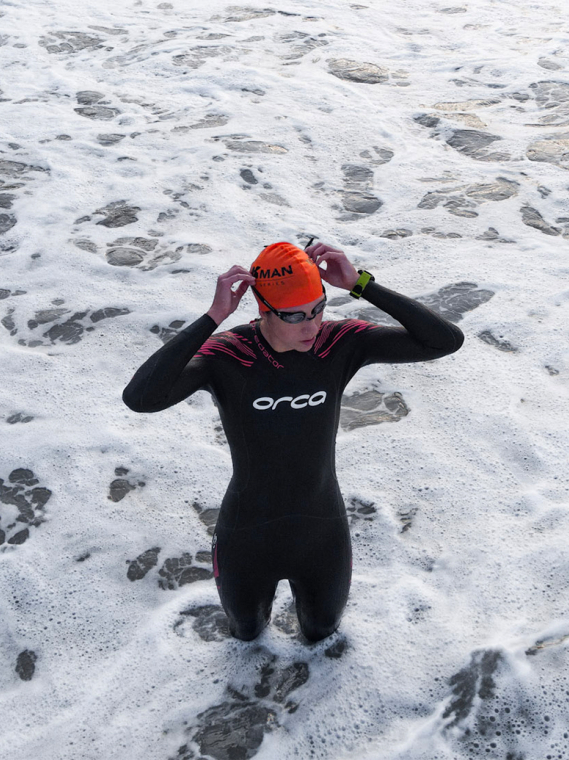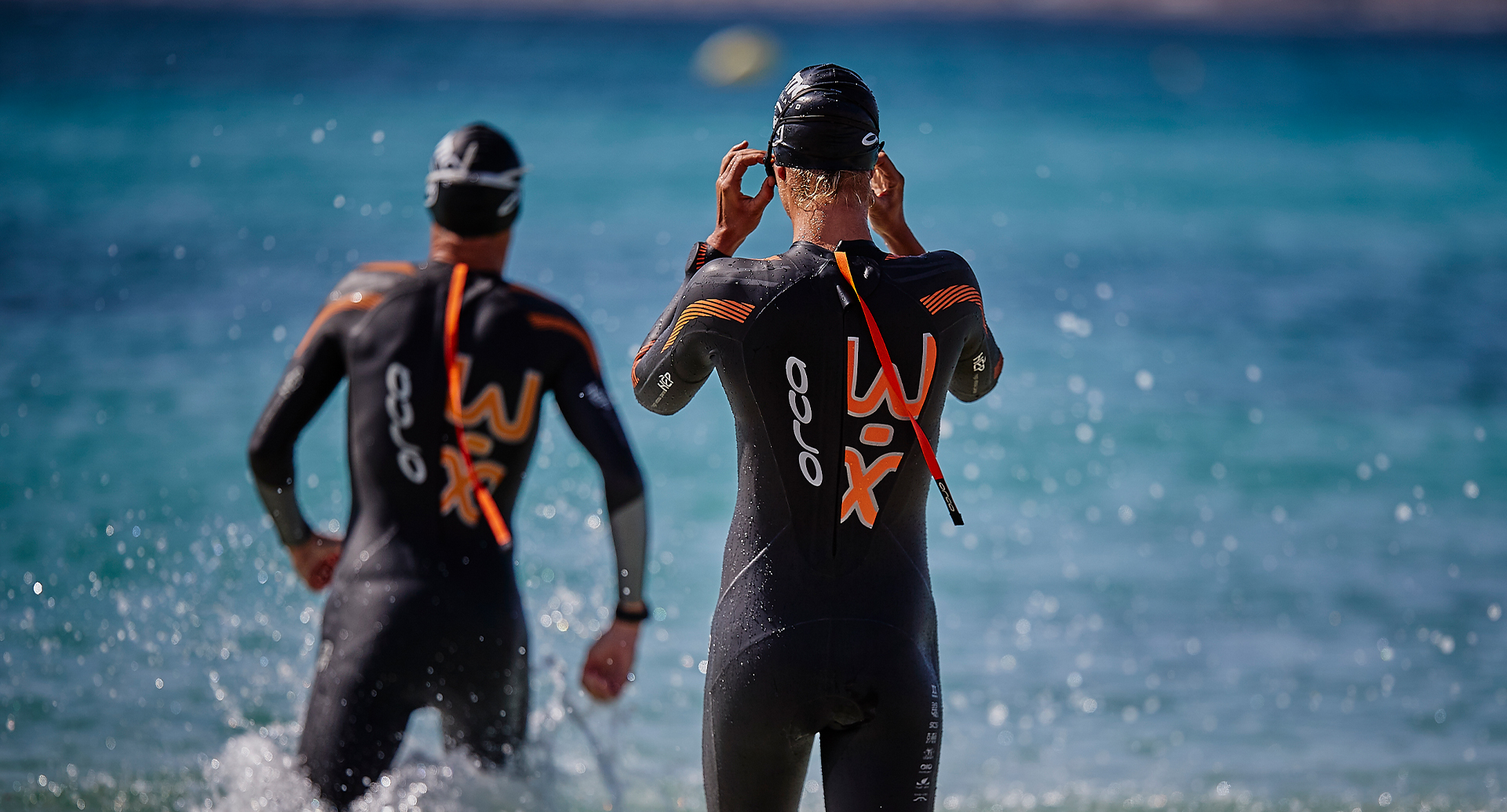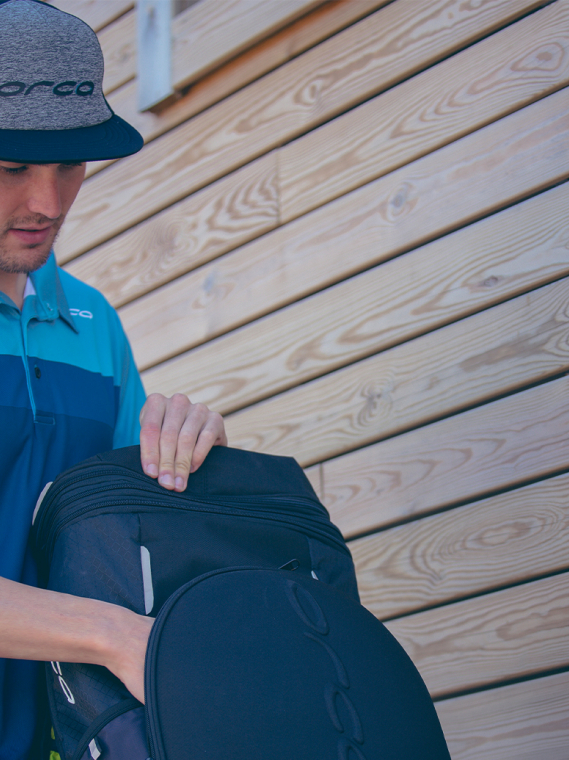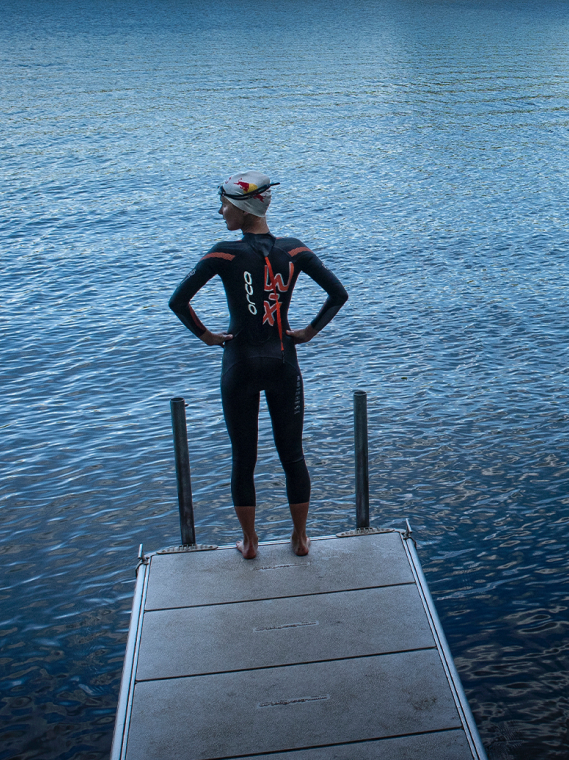
Super-Sprint Triathlon Training Program - Part 1
Training Programs
29. Februar 2016
We want to help you achieve the exciting challenge of competing in a triathlon in 2016. Working with experienced trainer Aitzi Santos, here's part one...
Have you started with us on the exciting challenge of completing a triathlon in 2016? Working with experienced trainer Aitzi Santos, here's part two of the training program to get you to the start line of your first super-sprint distance triathlon.

How have your first two weeks of triathlon training gone so far?
We hope you've enjoyed them but are also keen to find out the next stage of your training!
(If you've missed it, check out Part 1 for week's 1 and 2 before starting this week's training.)
Here is your training schedule for Weeks 3 and 4:
SWIM COMMENTS:
As you can see, we have added two laps to the training length, and also a whole new swim session in weeks three and four. In these swim sessions we will continue the format of the first two weeks of alternating one lap focusing on technique and one lap swimming normally.
BIKE COMMENTS:
The most important focus at the moment for the bike is just increasing time in the saddle. The longer time spent biking the better cardiovascular base you will build so that you're able to be fitter in this area in the future.
RUN COMMENTS:
We will continue with the WARU (Walk and Run) intervals, but we are slowly increasing the portion of time spent running and so decreasing the walking time.
Remember to keep in mind what we talked about in the last post about the importance of warming up and cooling down before and after your traning sessions.
THIS WEEK'S TIP:
Today's pointer is about a very important thing in sport's training: effort. We all know that biking in the gym while reading a magazine is not the same thing as going so hard that our heart is beating so fast and our breathing so heavy that we can't even talk at the same time.
The effort that you have to make while training is different. As well as your perception of it. To evaluate the level of effort required for each session we can use a very useful tool called "Borg's Scale of Perceived Exertion". Developed by Swedish Dr. Gunnar Borg, this scale measures the relationship between the effort made and the perceived effort with a value of 0-20.
“Borg’s Scale’s” Values are as follows:
0-4 Sleeping, Inactive - This is like resting on the sofa
5-7 Complete absence of effort - I am starting to move, but with no effort
8-9 Very, Very soft - I feel like my body is warming up.
10 Very soft - I can talk clearly, but am starting to feel like I'm doing something.
11-12 Soft - My cheeks are getting pink. I am getting a little sweaty.
13-14 Moderate - I feel like talking is getting harder - I have to stop sometimes for breath.
15-16 Hard - I am getting really sweaty. I am feeling hot.
17-19 Very hard - My face looks red. I feel like I need to stop.
20 Maximum Effort - My heart is beating very hard and fast. I can’t talk.
There is an obvious relationship between heart rate (HR) and training intensity. So the higher in the scale you go, the more oxygen you're consuming, the more lactic acid produced and the lower muscular glycogen levels you have.
“Borg’s Scale” is a bit of a subjective method, but we can use it to gain very useful information about our training session. As not everyone has a heart rate monitor, we are going to use this method to measure our training sessions for this training program.
For weeks three and four's training sessions, we are looking for a “Moderate” effort, which means 13-14 in “Borg’s Scale”, and also corresponds to 60-65% heart rate.
So that's it for Part 2 of the Training Schedule! From the fifth week we will start adding new things to our training session such as strength and technique focused exercises to improve our performance. So look out for the next post in two week's time!
All the best, Aitzi

29. Februar 2016
We want to help you achieve the exciting challenge of competing in a triathlon in 2016. Working with experienced trainer Aitzi Santos, here's part one...

22. Februar 2016
The ultimate in transition bags has been built with triathletes in mind. With a pocket for everything imaginable, and all within easy reach, the Orca...

16. Februar 2016
We want to help you to achieve the exciting challenge of competing in a triathlon in 2016. Together with experienced trainer Aitzi Santos, we've creat...